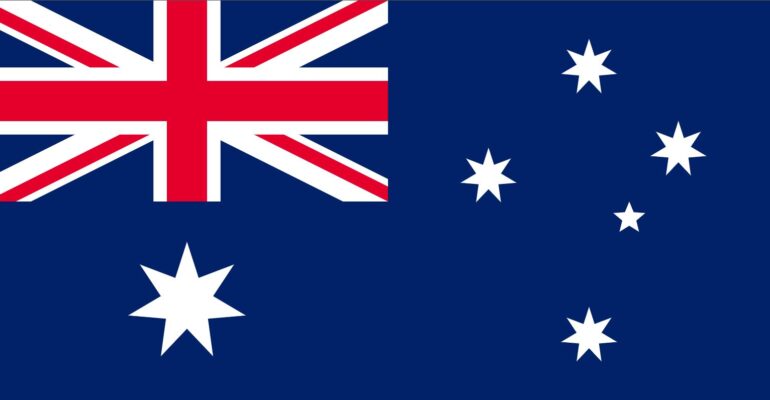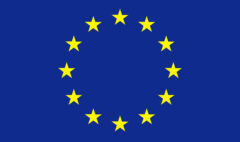Australia Shifting Away from China and Closer to SEA
June 27, 2022 2022-06-27 14:27Australia Shifting Away from China and Closer to SEA
Australia Shifting Away from China and Closer to SEA
AUSTRALIA ─ For the past few years, the bilateral relationship between Canberra and Beijing has since deteriorated. Canberra, a close US ally and partner, has long maintained an active stance against Beijing’s controversial issues and “anti-west” foreign policies.
Furthermore, the multiple failed attempts to close the tension gap between the two have left the two countries on edge and wary of each other’s next step. As an example, before the COVID-19 pandemic hit, Canberra publicly accused Beijing of corporate espionage and political sabotage inside the country. This marks the turning point for the worse for the two superpowers’ relationship.
Australia Shifting its Trade Dependence Away from China
When the COVID-19 pandemic hit, Canberra has been one of the most vocal and assertive nations to call for an “independent inquiry” of the origin of the virus. In fact, on multiple occasions, Canberra has criticized Beijing’s “inadequate response” and the eventual global widespread infection. In response to this, Beijing, Canberra’s biggest trade partner, retaliated with stricter exportation rules imposed against the country. Therefore, a new market to cater Australia is needed, and in terms of proximity, South-East Asia (SEA) could fill this gap.
According to Phar Kim Beng, one of the top advisors to the Malaysian government and the former director of the Political-Security Community at ASEAN’s secretariat in Jakarta, “As China-Australia ties deteriorated in recent years and China weaponized trade with Australia in 2020, ASEAN member states showed a strong tendency to stay on the sidelines. They avoided criticizing China directly for fear of provoking Beijing’s ire.”
In addition, Peter Varghese, the current chancellor of The University of Queensland, one of Australia’s top universities, has added, “For a long time, Australia has hoped that South-East Asia, while remaining neutral in a geopolitical sense, would nevertheless lean toward the West.” He continued, “No one expects South-East Asia to abandon its history of non-alignment … but we want to make sure our longer-term objective of a prosperous and stable Southeast Asia that is open to the West is not lost.”
The deepening of trade ties with the region is one of the priorities of the newly-elected government in Canberra as the recently formed “Indo-Pacific Economic Framework (IPEF)” without China aims to foster economic ties between the US, Australia, and SEA countries while lessening the tight grip of Beijing when it comes to global trade. Moreover, the security alliance between Australia, the US, Japan, and India called QUAD aim to foster an encircling defensive stance against the widening security concern over Beijing’s expansion.
A Closer South-East Asia ties to Fill the Gap
The newly elected government in Canberra, headed by Prime Minister (PM) Anthony Albanese, will likely follow its predecessor’s active stance against Beijing while simultaneously looking for alternatives to lessen Canberra’s trade dependence with Beijing. Again, the closest market to fill this gap is its neighboring region, SEA.
As an immediate action towards the goal, PM Albanese has pledged to increase its strategic aid to the SEA region by 470M Australian dollars or $327M. The fund aims to create a new regional office in the region, appoint a special SEA envoy and boost the participation and presence of Canberra in the region’s economic scene.











